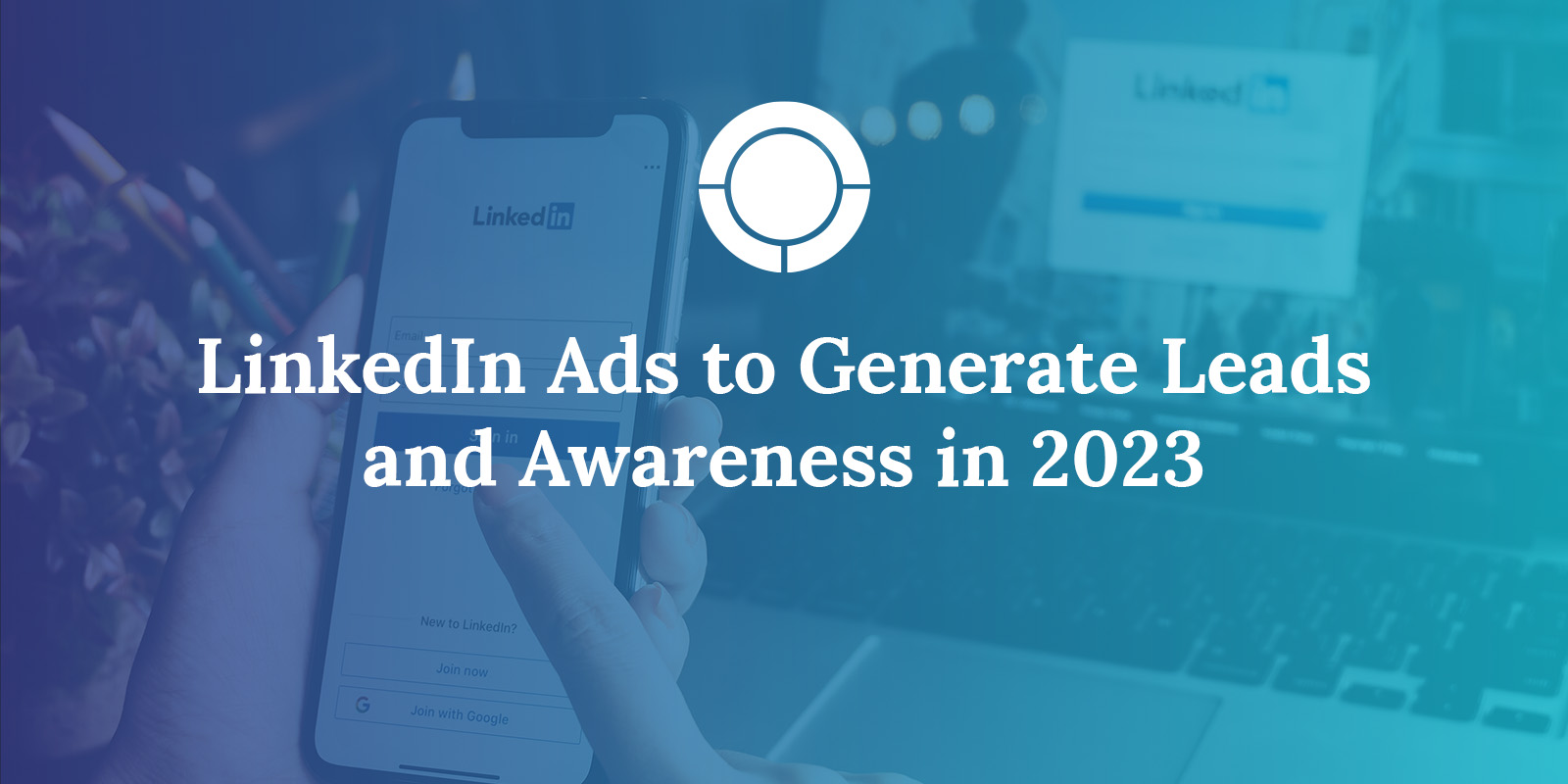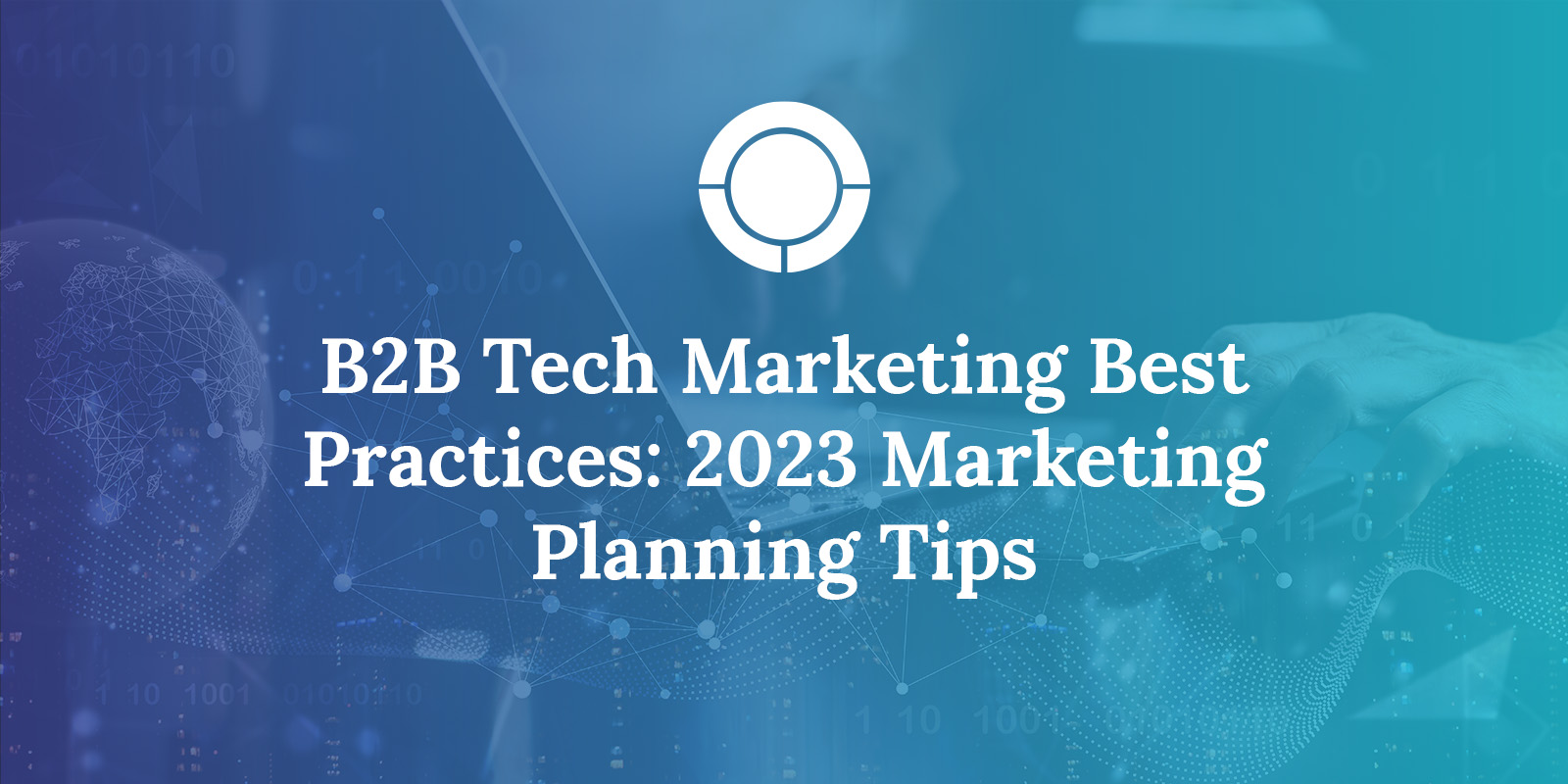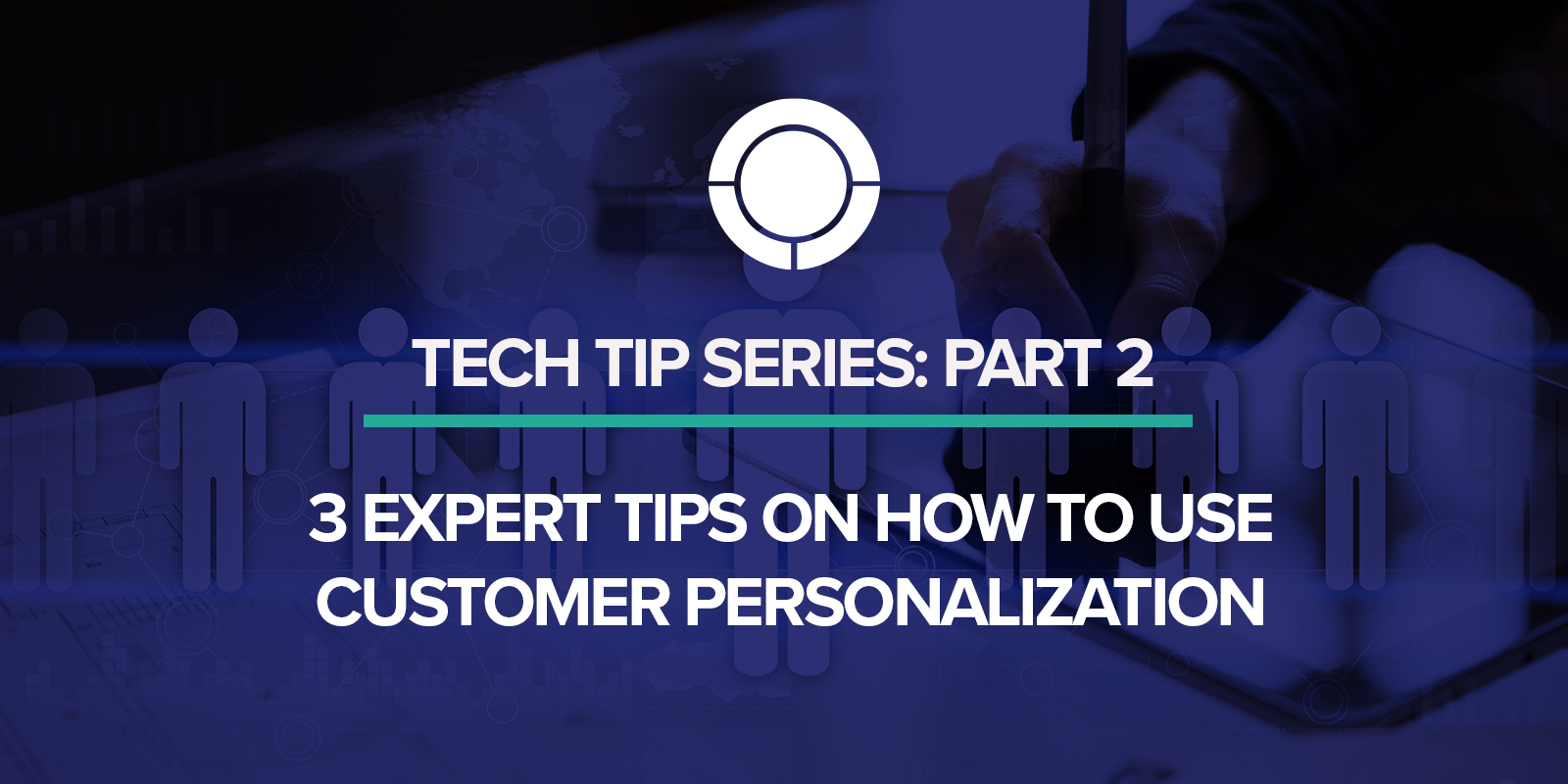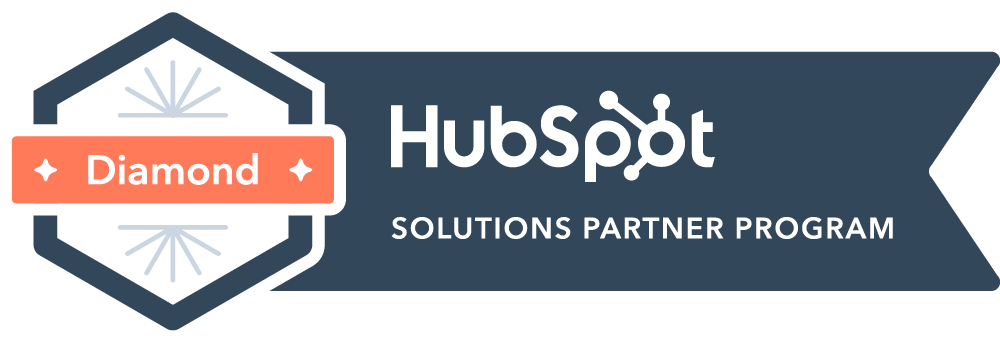How do we look at the data associated with email marketing campaigns to understand if we’re achieving success? And what does that success look like?
TSL Marketing President David English and Sr. VP of Operations Jeff Marchesiani shared tips on creating great emails and using them effectively to generate leads and conversions in their latest vlog, B2B Tech Marketing: Email Marketing Best Practices for 2021.

Read this post for a synopsis of important points mentioned in the webinar and, for a more in-depth look at B2B email marketing, you can watch the full recording here.
Using Benchmarks to Measure Email Campaign Success
Benchmarks, by definition, are comparisons to the industry standard. In this case, it would be the open rates, click-through rates, unsubscribes, etc., of marketing emails sent by B2B businesses.
Many variables factor into those final results, including:
- Persona
- Geography
- Message
- Quality of send lists
If you can find standards on the internet that closely approximate to your audience and message, then it’s great to have those numbers for comparison. However, the takeaway gets a little lost when statistics are derived from a broader, cross-industry audience because there’s such a diversity in the message, the persona, the audience intent, etc. The numbers may be mathematically sound, but are they relative to your target audience?
The best approach is to not only reference industry standards but to also baseline what your company is doing: send an email out to your audience, get those numbers, and then try to beat those numbers. In other words, consider yourself as your biggest competitor.
B2B Tech Marketing: Email Marketing Best Practices for 2021
Listen to our SMEs discuss the finer points of B2B email marketing and using metrics as a benchmark for success, including A/B testing and tactics!
Aspects That Could Blur Email Metrics
Some email metrics might be a little misleading. Gone are the days when only humans interacted with marketing messages. Today, our marketing emails could be blocked or have our links clicked on by security software alone.
Here are two examples of those circumstances:
- Open rates could be affected by corporate email filters, such as firewalls.
- Click-through rates could be misleading when AI tools test links for malware.
Unsubscribe rates, however, can be more tell-tale. Marchesiani noted that to date, he hasn’t heard of an email filter that could unsubscribe.
 “ Gone are the days when only humans interacted with marketing messages.”
“ Gone are the days when only humans interacted with marketing messages.”
And yet, there could be more organic reasons for a high unsubscribe rate. Maybe your company is in the early stages of data maturity; maybe you’re still fairly new to email marketing. A reduced unsubscribe rate could just come with time and more experience.
Email Campaign Success Goes Beyond Data Points
Some marketing departments use email data incorrectly. They try to make big assumptions very binary, labeling an email a success or failure based on one data point. The best practice is to analyze the email itself as its own unique entity.

Here’s what to look for:
- Is there value for my target audience? Regardless of opens, clicks, and unsubscribes, we want to make sure we’re giving our audience the best value. Know your personas, have them written down, and be thoughtful when creating content for them.
- Is brand recognition established? Think about how many marketing emails a company receives in a day. You really need to stand out. If you have brand recognition, it’s going to increase the likelihood that your audience is going to give your email a look.
- Is the content right for your target audience? Come up with great content. If you are segmenting a list, know where the people are in their buyer’s journey. If they only visited your website or read one of your blog posts, they may be top of funnel and not have an intention to buy (yet). Be respectful of where they are in their journey and customize your offer to be valuable to them.
These 4 components should be customized for your segmented audience:
- Subject line
- Content/Offer
- Call to action
- Sender name
Personalization should be used when and where appropriate to add a human touch.
Building Relationships and Establishing Trust Trumps Metrics
Numbers aside, if you’re not building awareness and building a relationship, you’re not going to get the prospects interested down the road, because they won’t know who you are. You’re always going to be in an uphill battle to bring on new customers. So, you have to invest in building a relationship.

In the past, we’ve done this through ballgames and steak dinners and other events. Now, with our current environment, it has to be through content, engagement over a longer period of time, and offering value.
Marketing can provide the foundation that allows for that sequent customization and personalization. Is email used as a strategy within your business to blast your sales and services en masse? Is it semi-customized? Or is it highly customized? It should be a healthy balance of all three, depending on your target audience’s needs and intent.
Every touch point with your customer should establish brand, trust, and authority. No email should be considered a throw-away. Your audience bases its opinion on your brand based on your communications.
Looking for ways to demonstrate the value of marketing at your next budgeting meeting? Check out our Art of Persuasion guide for tips from TSL’s experts.
Tags: advertising, B2B email marketing, email campaigns, email metrics, B2B industry benchmarks, email campaign data, marketing webinar







